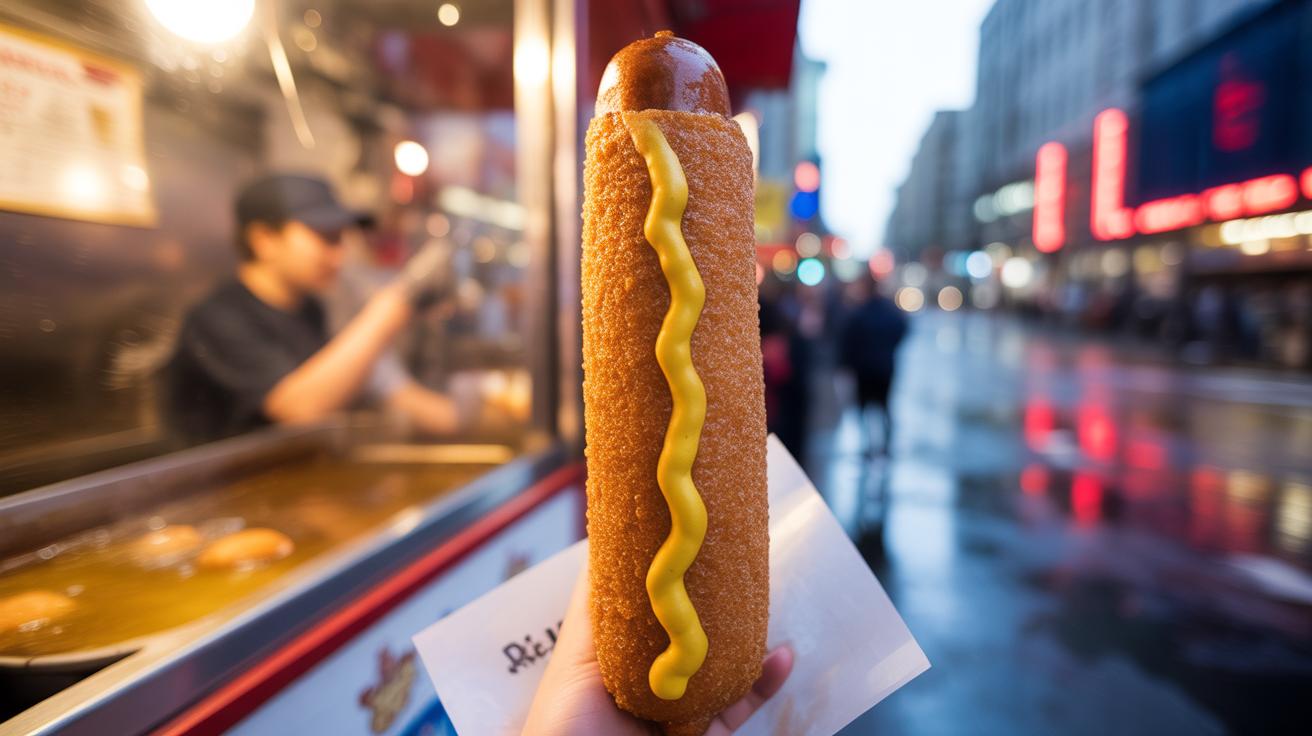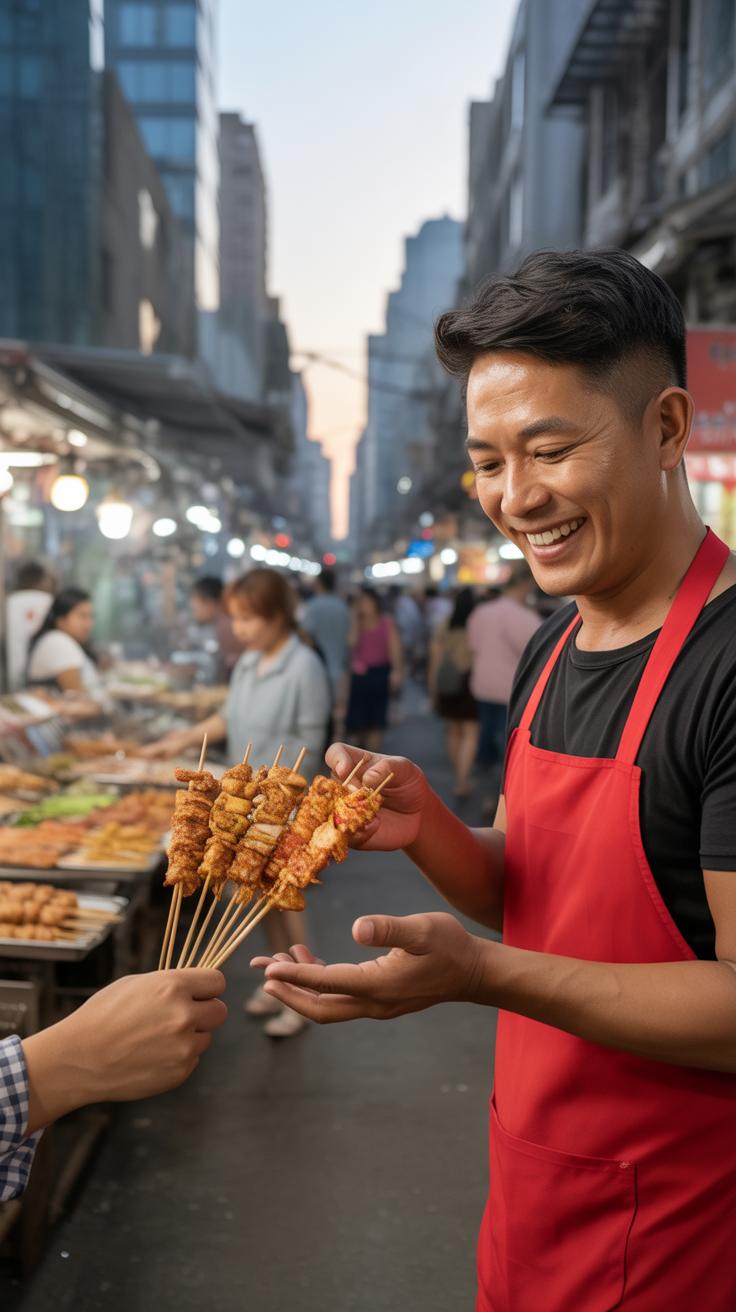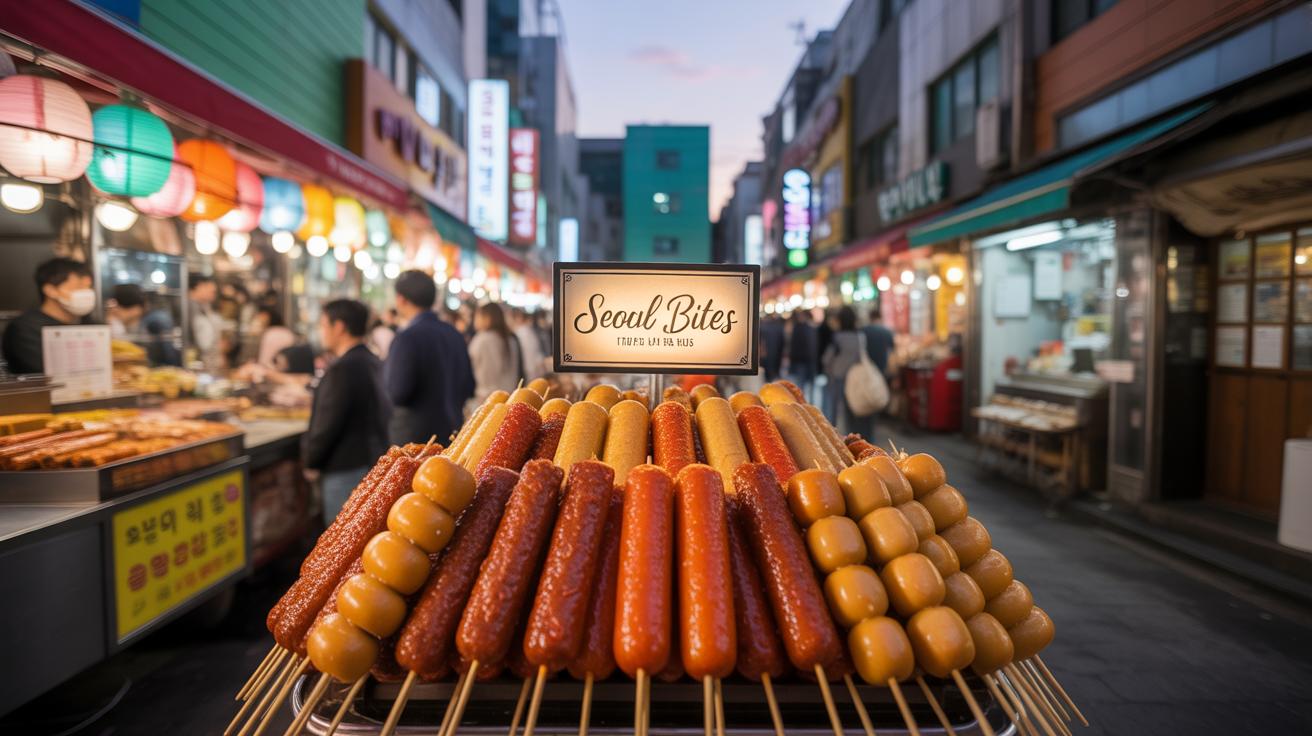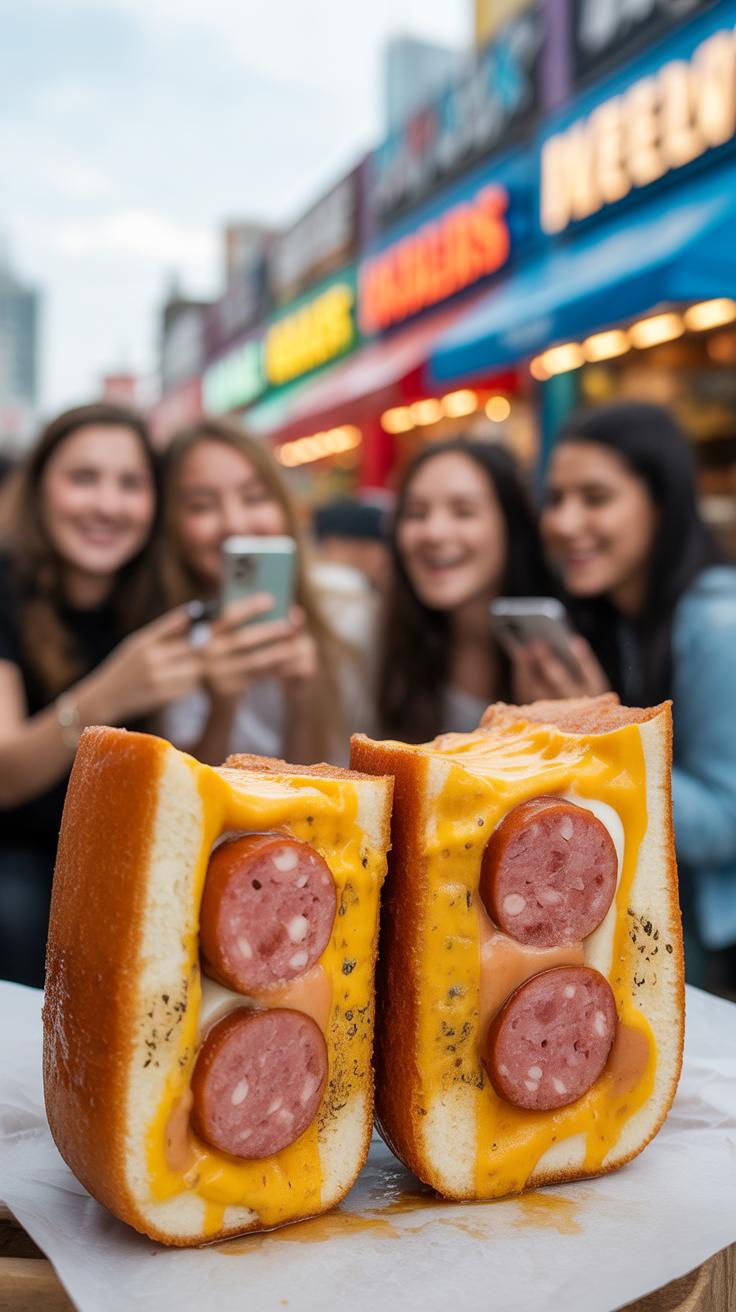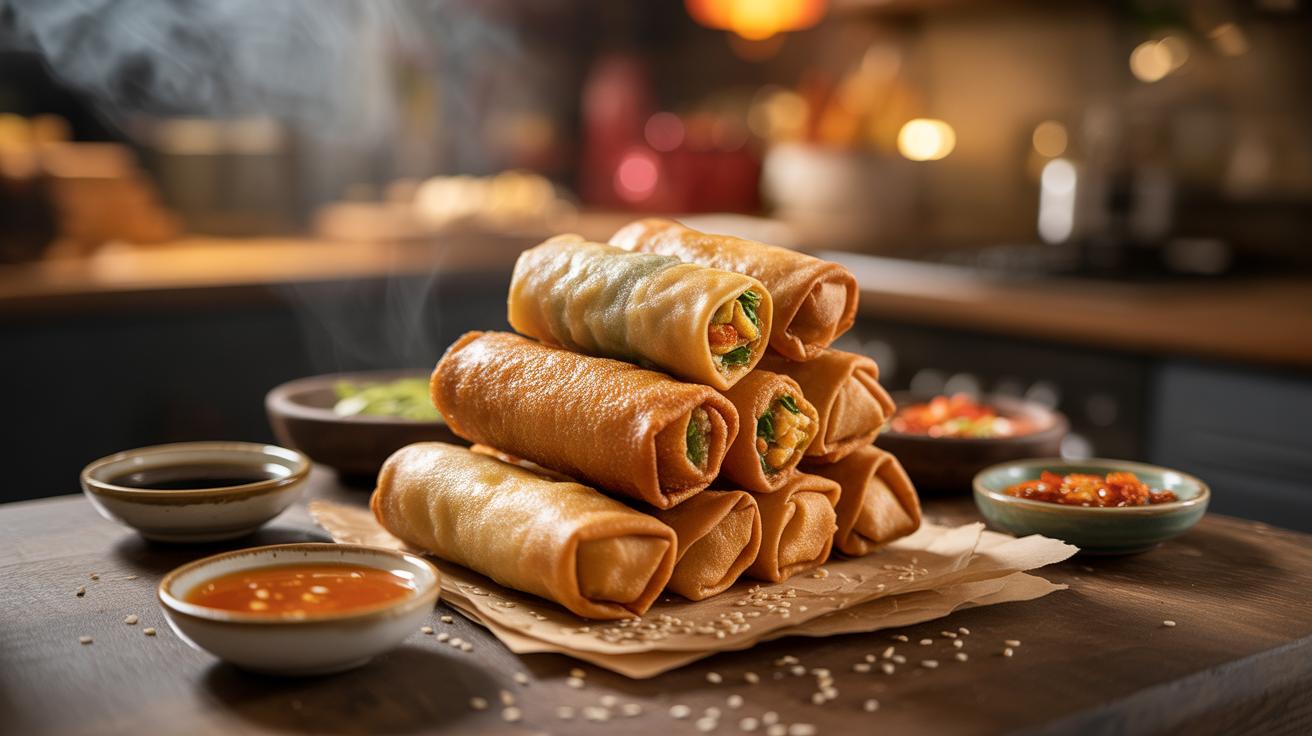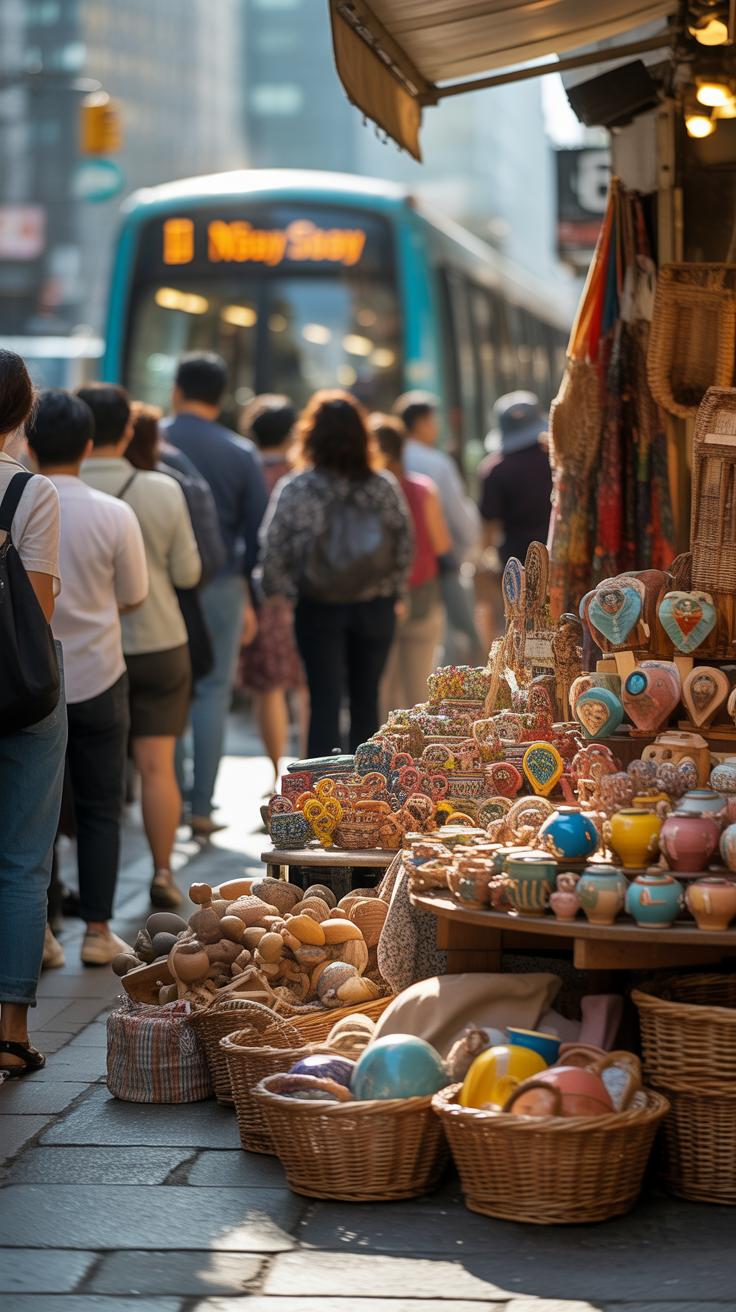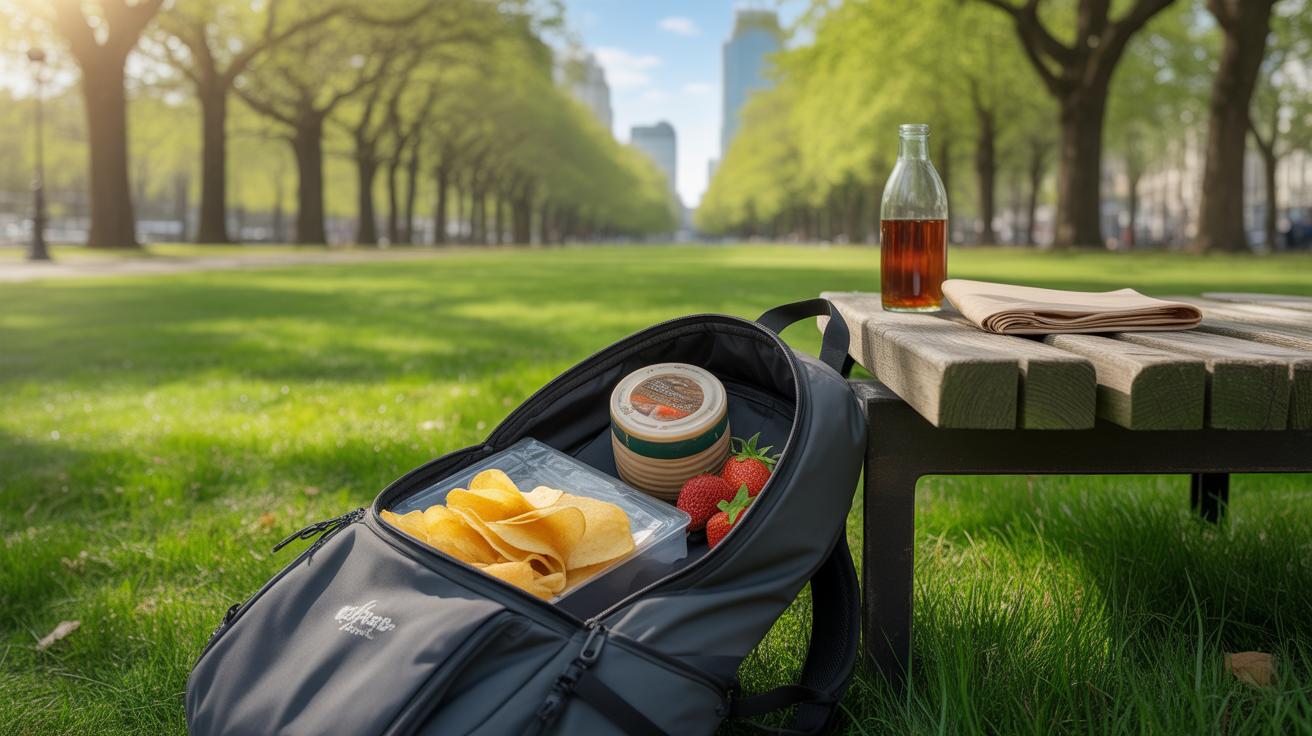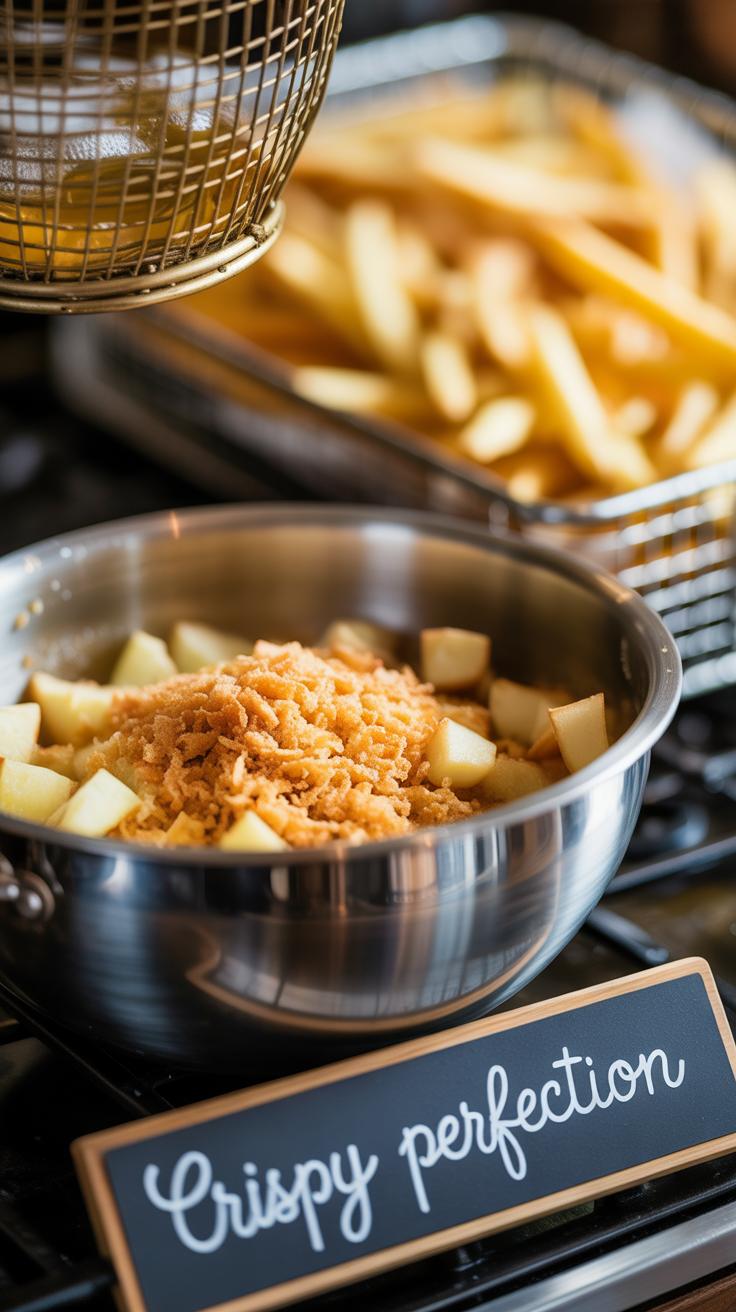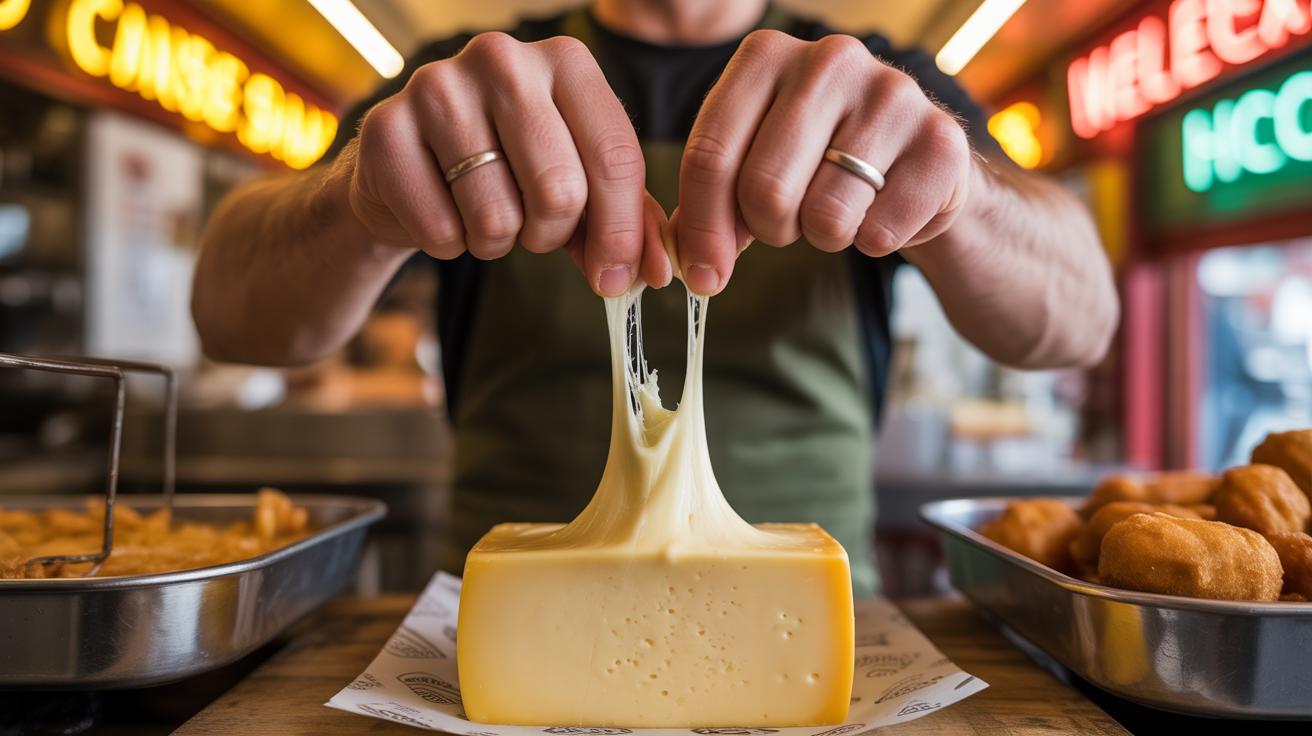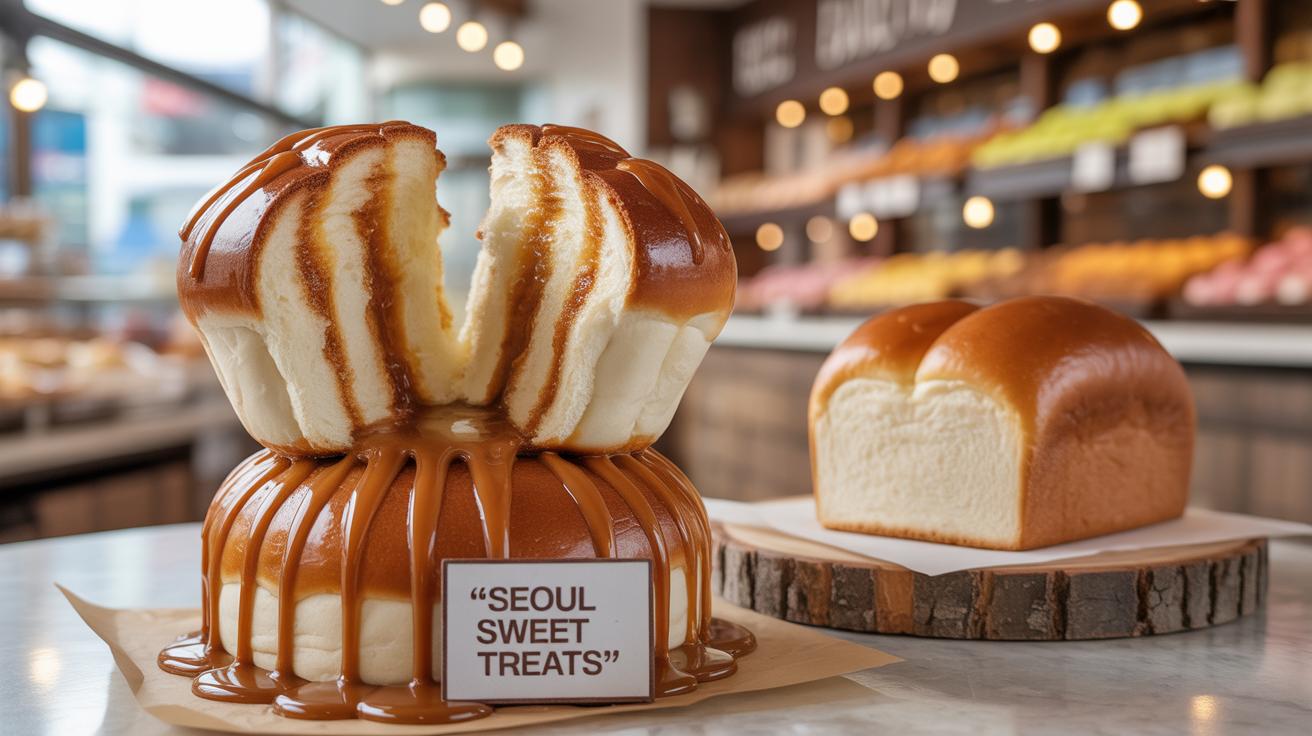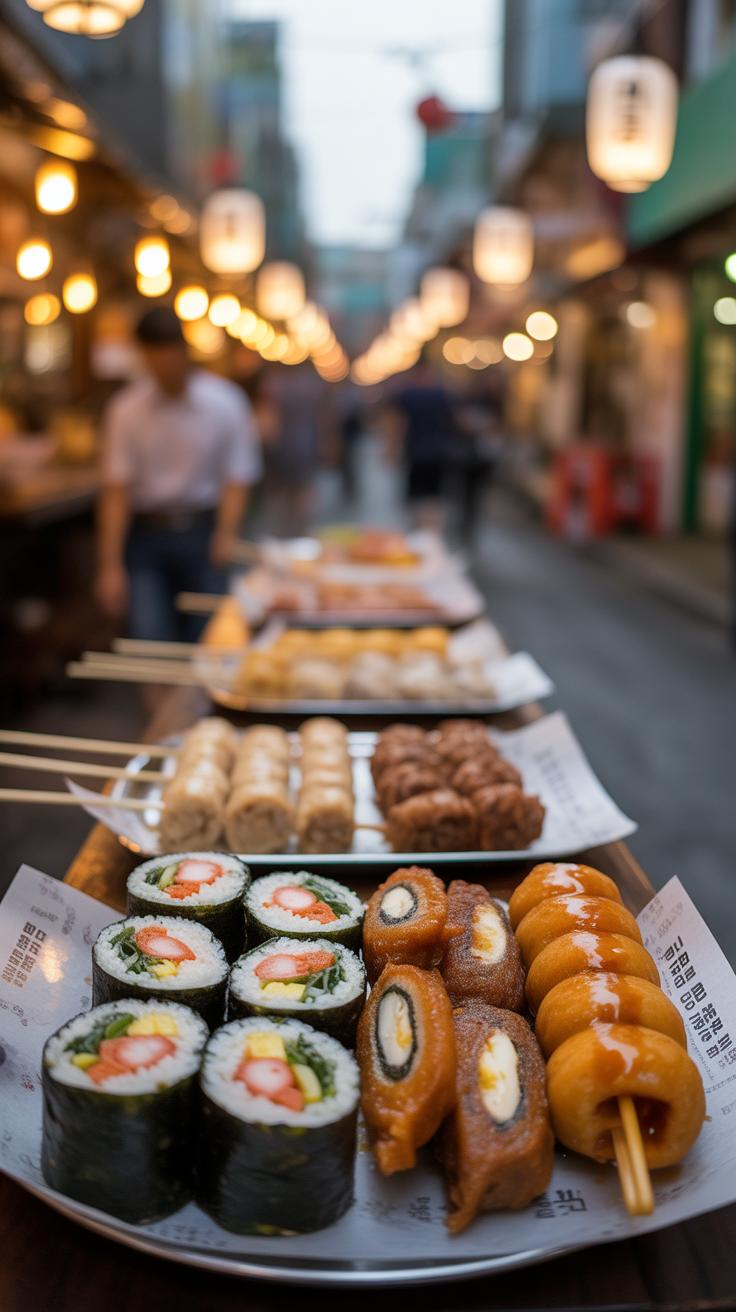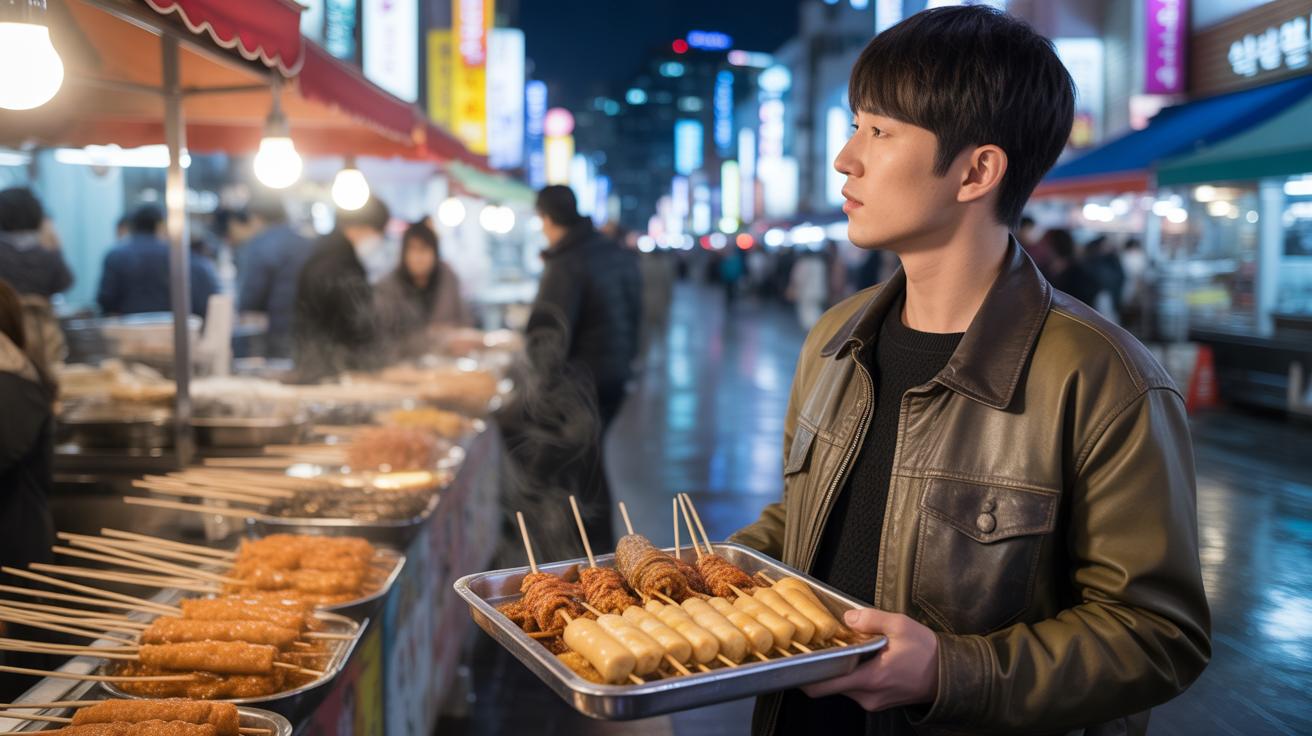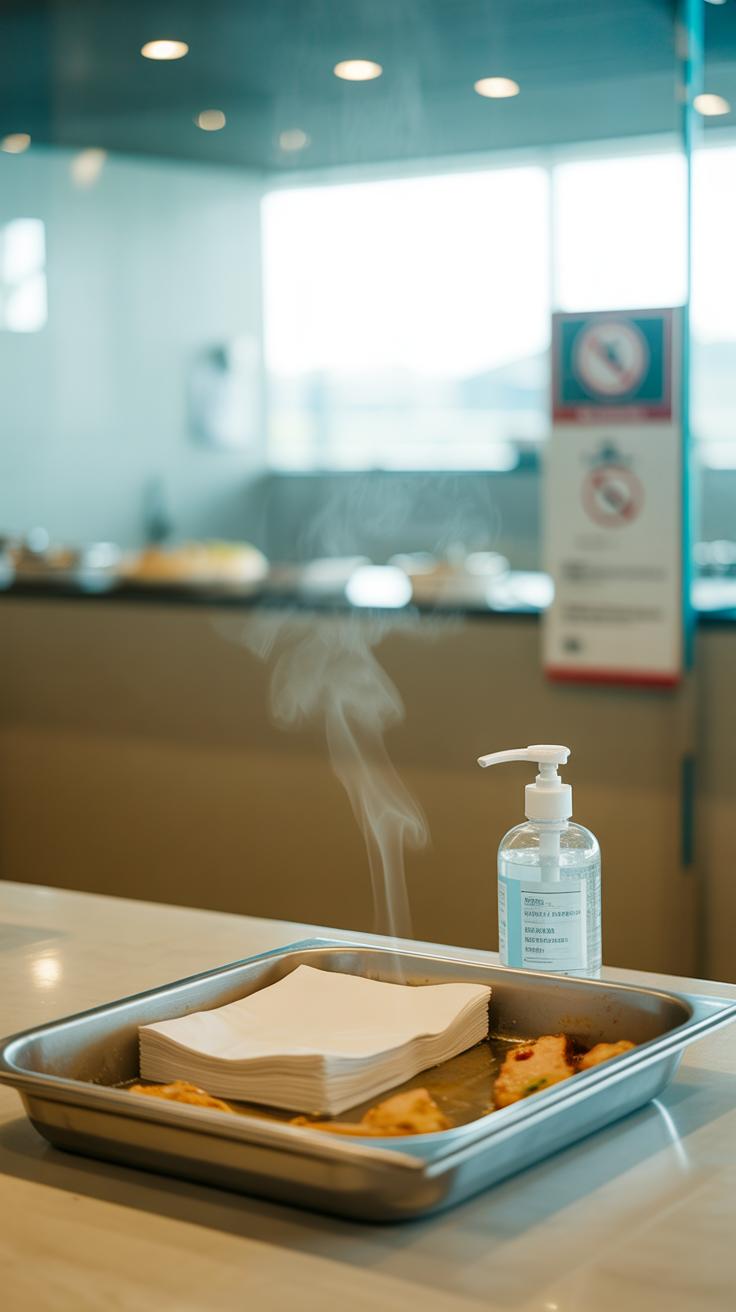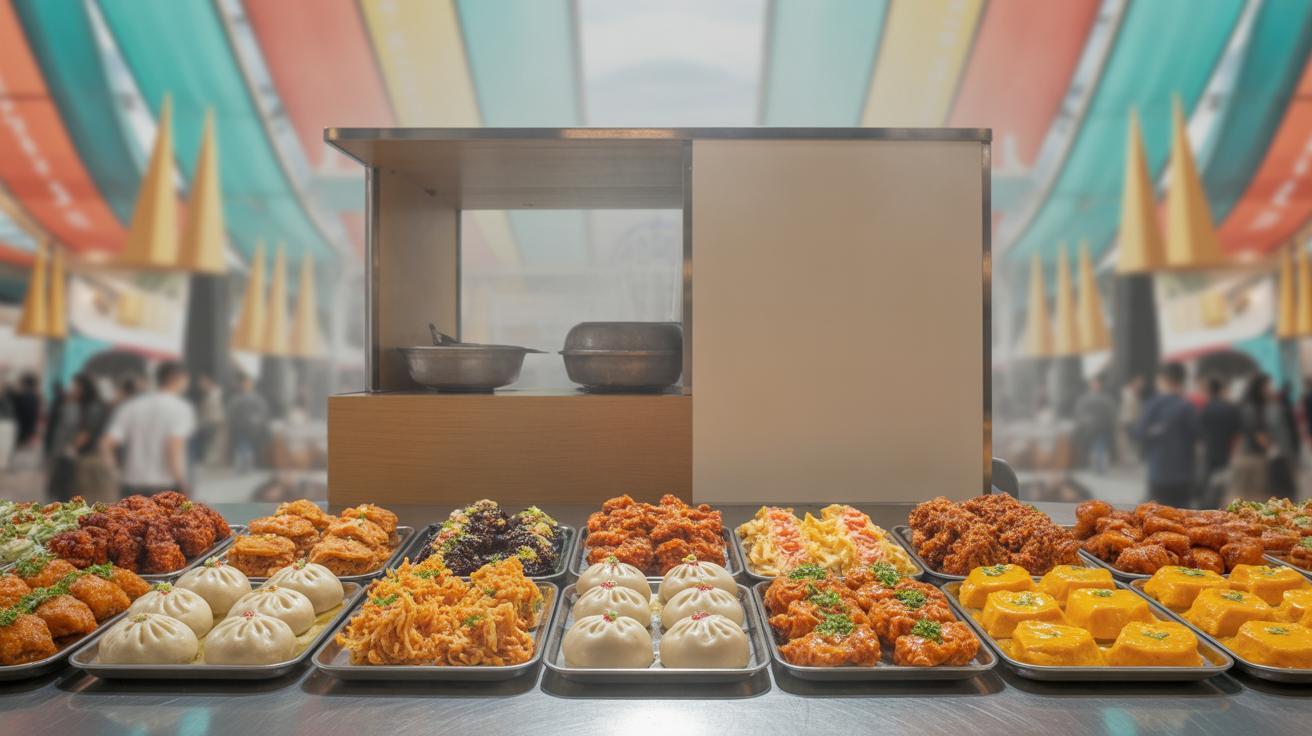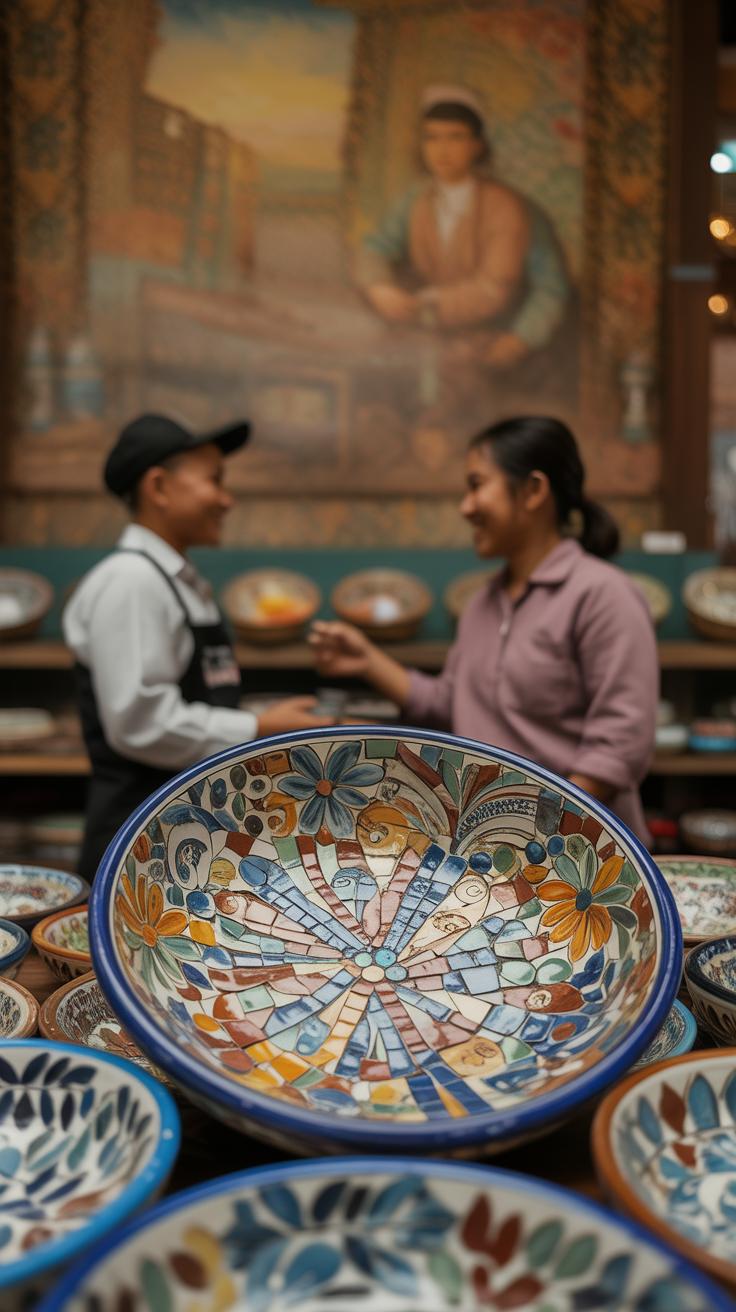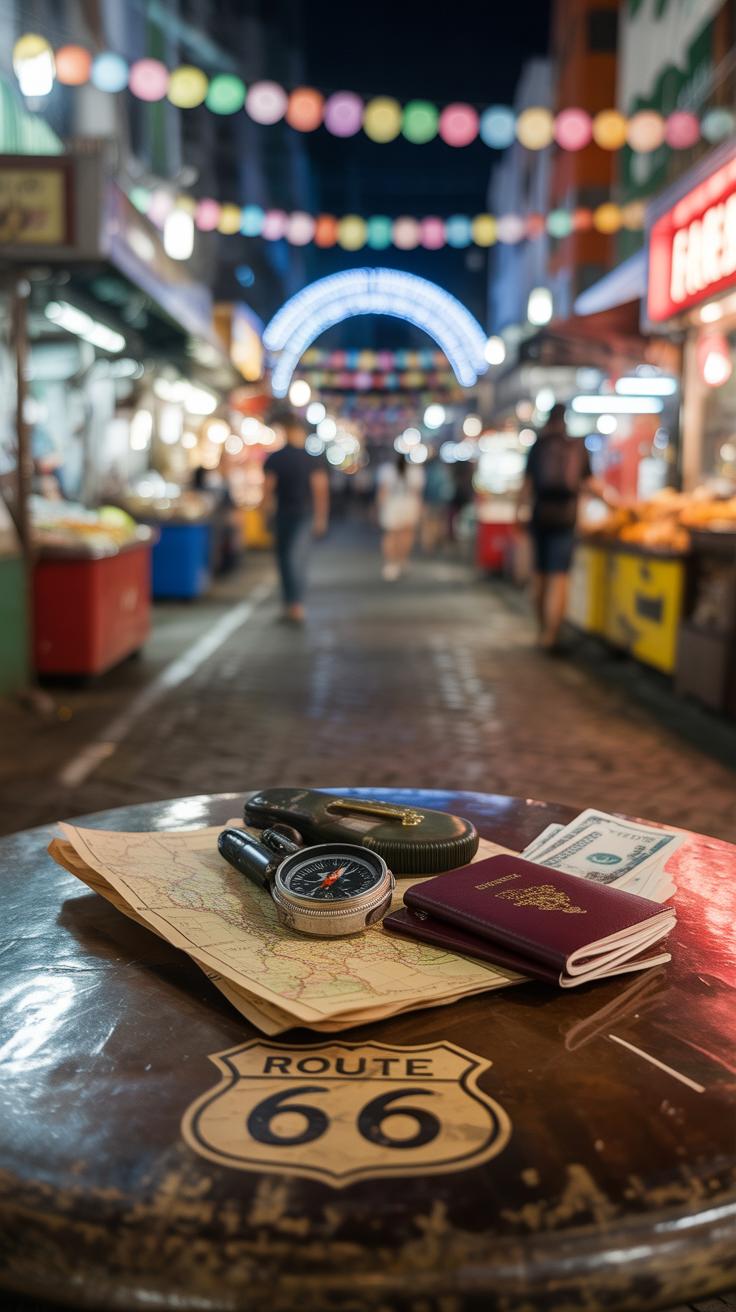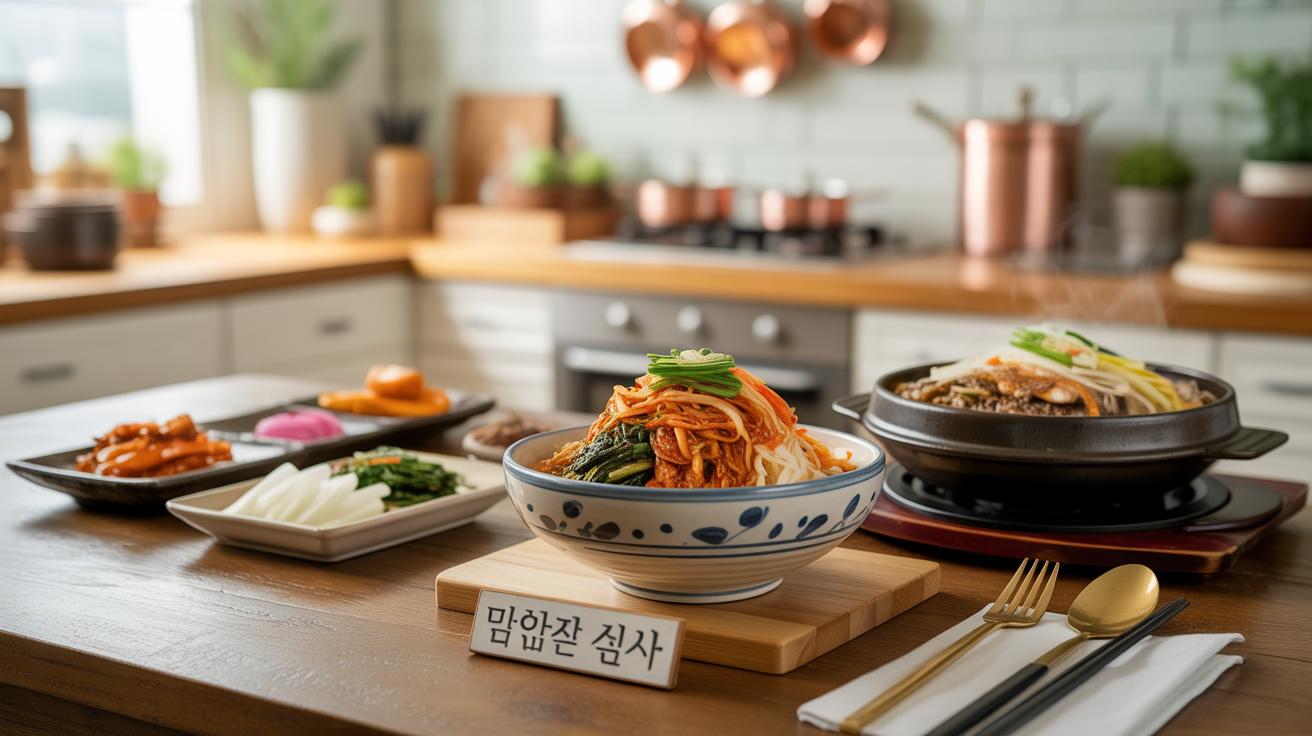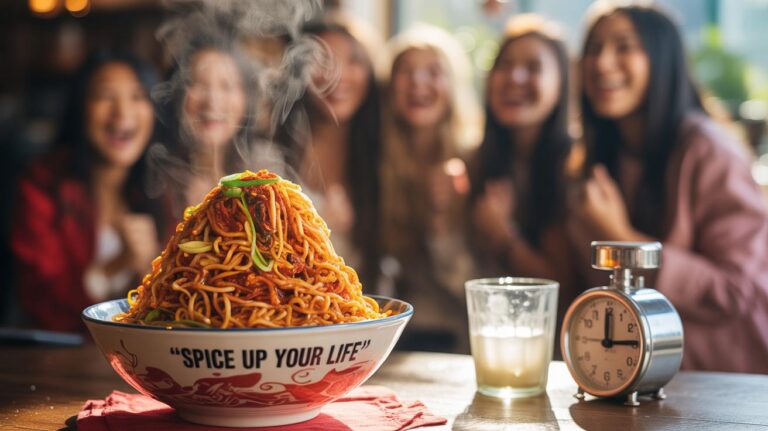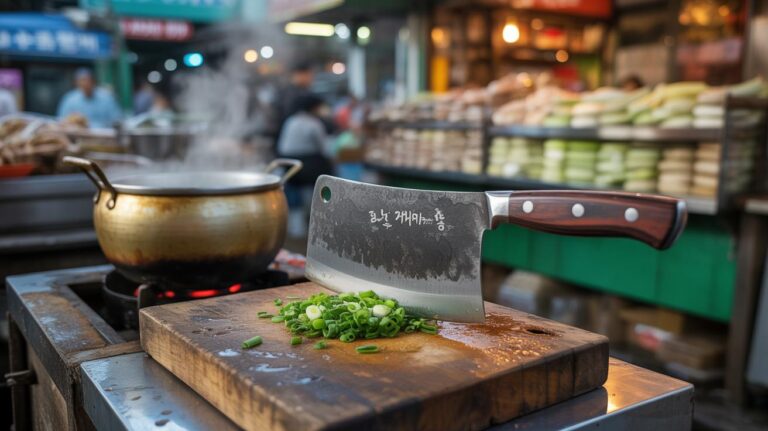Introduction
Korean street food offers a variety of snacks that excite your taste buds. Among these, crunchy Korean corn dogs stand out with their unique coating and delicious fillings. These snacks have gained popularity around the world for their satisfying crunch and flavor.
In this article, you will explore the best Korean food stalls that serve these crunchy corn dogs and other popular Korean street foods. You will learn what makes them special and why you should try them when you get the chance.
Understanding Korean Street Food Culture
Korean street food isn’t just about quick bites—it’s an experience shaped by history, everyday life, and social rhythms. What makes it special? Maybe it’s the simple joy of eating fresh, warm food right on the street, amid the buzz of the city. People gather around stalls to share moments, whether with friends, family, or even strangers.
The culture around these food stalls is lively yet familiar. You might notice that people don’t just come for a meal; it’s a chance to unwind after work or school, to enjoy small pleasures. Flavors are bold but approachable, offering comfort without fuss. The interaction with the seller adds a personal touch, creating a connection that fast food chains rarely have.
What Is Korean Street Food
At its core, Korean street food means convenient snacks sold on carts or small stalls around busy streets or markets. Think affordable, often handheld delights designed for eating on the go. Common snacks include tteokbokki (spicy rice cakes), hotteok (sweet pancakes filled with brown sugar and nuts), and odeng (fish cake skewers).
You’ll also find the famous Korean fried chicken, mandu (dumplings), and of course, the crunchy, cheesy corn dogs that have sparked recent international interest. The variety is surprisingly wide, reflecting regional tastes and ingredients easily found in Korea.
Why Street Food Matters
Street food in Korea isn’t just fuel—it’s woven into daily routines and social habits. For many, it’s the affordable option that fits into a busy lifestyle, offering quick satisfaction without sacrificing flavor. But beyond practicality, it’s about community. Street vendors craft each item with skill and care, often using recipes passed down through generations.
Eating at these stalls can feel spontaneous, sometimes casual, sometimes celebratory. It connects people to their city and to each other in a way that dining at a restaurant might not. And with food evolving alongside trends, these stalls keep reflecting shifts in Korean culture and taste.
The Rise Of Korean Corn Dogs
Origin Of Korean Corn Dogs
Korean corn dogs didn’t just pop up overnight. Their roots go back about a decade ago, when street vendors in Seoul started experimenting with the American corn dog concept. Instead of sticking to the plain battered hot dog on a stick, they added their own twist—mixing sweet and savory flavors, playing with different coatings, and offering new fillings.
What’s interesting is how quickly Korean corn dogs moved from simple snacks to trendy must-tries. Social media played a huge role here. People shared pictures of these quirky, oversized sticks covered in sugar or even cut into spirals, which caught on fast. Suddenly, Korean corn dogs were everywhere—not just Korea but in cities around the world.
Innovations In Coating And Fillings
The coatings are what really set Korean corn dogs apart. Instead of just cornmeal batter, vendors use rice flour, panko crumbs, or even crushed ramen noodles. These variations create a crunch you don’t get with traditional corn dogs. Sometimes you’ll find them rolled in sugar, giving a sweet contrast to the salty sausage inside.
And fillings? They aren’t limited to just the usual hot dogs. Mozzarella cheese is common, but often you’ll get combinations like sausage wrapped in cheese, or even squid ink-infused batter. Some places go further, stuffing in sweet potato or fish cakes, making each bite unpredictable. The variety keeps things fresh, and honestly, it’s hard not to get hooked once you try these layered textures and bold flavors.
Where To Find The Best Korean Corn Dogs
Popular Locations For Korean Corn Dogs
If you want to find really good Korean corn dogs, some neighborhoods in Seoul are almost like pilgrimage sites for fans. Places like Myeongdong and Hongdae are buzzing with street food vendors offering a wide range of corn dog variations. These areas attract crowds partly because they have a reputation for quality and variety, so you could say the competition pushes sellers to up their game.
Busan’s Gwangbok-dong and Incheon’s Chinatown also come to mind; they have a few spots where locals and tourists line up for these treats. It’s not just the big cities, though—sometimes, the tastiest stalls pop up in smaller markets or near university campuses, where young people crave quick, flavorful snacks.
Choosing A Quality Stall
So, how do you pick a corn dog stall that’s worth your time? Look for freshness first. The batter should look golden but not burnt or oily, and the dogs are usually fried on-demand, so you’re not biting into something sitting under a heat lamp for too long.
Pay attention to the stalls where you see a steady stream of customers. That usually signals trust and consistency. Also, where possible, watch if the batter is thick enough to hold the crunch but not so heavy it smothers the sausage inside. It’s a subtle balance, and some sellers get it right—others miss by a mile.
Lastly, some vendors offer unique toppings or fillings like mozzarella or even potatoes wrapped around the sausage, which can be a good sign they care about bringing something different to the table, not just the basic corn dog.
Finding the right spot might take some trial and error, but in the end, it’s worth lingering to catch the scent of crispy, fried perfection tempting you from across the street.
Crunchy Texture Techniques In Korean Corn Dogs
The crunch in Korean corn dogs comes down to a few key factors, mainly how the batter is made and how it’s cooked. When you bite into one, the contrast between the crispy outer shell and the soft, savory inside is what keeps you coming back. That texture is not just for show; it heavily influences how you experience the flavors.
Using Panko And Batter Mixes
Panko breadcrumbs play a major role here. They’re coarser and flakier than regular breadcrumbs, which helps create that signature crunch. But it’s not just the panko. The batter itself needs balance—too thick, and the corn dog feels heavy; too thin, and it won’t hold the coating well.
Many vendors use a mix of flour, sugar, and sometimes even rice flour to keep the batter light yet sturdy enough to stick. Then, the corn dog is rolled generously in panko, which adds extra crisp layers. You can almost hear the crunch before you even take a bite.
Deep Frying For Crispiness
Deep frying is where the magic truly happens. The oil temperature is critical—too hot, and the exterior burns before the inside cooks; too cool, and the corn dog absorbs oil, losing its crispiness. I’ve noticed some stalls carefully monitor the temperature, keeping it roughly around 350°F (175°C), which seems ideal.
The technique involves frying until the corn dog’s surface turns a deep golden brown and the panko crisps up fully. This quick, intense frying locks in moisture inside while drying out the coating just enough to create that addictive crunch.
Sometimes, cooks double-fry—the first to cook through, the second to crisp up. It’s a small step, but it makes a noticeable difference. The texture feels lighter yet holds firm, giving a satisfying crack without being hard to chew.
So, why does this crunchy texture matter? Because food texture can transform basic ingredients into something memorable. Without that crunch, these corn dogs would be just another fried snack. The contrast in textures makes your taste buds linger, turning every bite into a little experience.
Other Popular Korean Street Foods To Try
Tteokbokki And Fish Cakes
Tteokbokki, those chewy rice cakes swimming in a fiery red sauce, are a staple you just can’t miss. The spicy, slightly sweet gochujang-based sauce wraps around the soft rice cakes, giving each bite a satisfying mix of heat and chewiness. You might be surprised how addictive this comfort food is—it’s one of those dishes that feels like a warm hug on a chilly day, though the spice can sneak up on you if you’re not careful.
Fish cakes often accompany tteokbokki, either skewered or floating in a savory broth. Their mild flavor contrasts well with the boldness of the sauce. These fish cakes are a popular grab-and-go snack because they’re easy to eat while walking and offer a welcoming break from spiciness. Plus, their slightly bouncy texture adds variety to the street food experience. You might wonder why these simple ingredients have such a lasting appeal, but it’s all in the balance of flavors and textures that keep people coming back.
Hotteok And Korean Pancakes
If you have a sweet tooth or fancy something a bit different, hotteok will likely catch your eye. These warm, stuffed pancakes usually hide a sugary brown sugar and nut filling inside, creating a melting, syrupy surprise as you bite in. It’s tempting to rush, but you’ll want to mind the hot filling—better to savor it slowly. There’s something comforting about watching the vendors press each pancake on a griddle, the aroma drawing you closer.
On the savory side, Korean pancakes (jeon) come in many forms—from green onion to seafood varieties. They’re pan-fried until crisp at the edges but still tender inside. Often dipped in a soy-based sauce, they offer a subtle yet satisfying flavor. You might hesitate, thinking it’s just another fried snack, but the harmony of ingredients and how they interact with the dipping sauce usually surprises visitors. These pancakes show that Korean street food isn’t just about boldness; sometimes it’s about subtle, layered taste.
Tips For Enjoying Korean Street Food Safely
Checking Stall Cleanliness
When you’re wandering through bustling Korean markets, it’s easy to get caught up in cravings and overlook the state of the food stalls. But taking a moment to glance around can make a difference. Look for vendors who handle food with clean hands or gloves, and avoid those touching money and food interchangeably—it’s a small detail, but it feels significant. Also, check if there’s a steady flow of customers; busy stalls usually mean fresher food and quicker turnover.
Sometimes, you might spot a vendor wiping down surfaces regularly, or using separate utensils for raw and cooked items. These small signs often say a lot about their hygiene standards. Of course, cleanliness doesn’t guarantee perfect safety, but a little observation can help avoid some common pitfalls.
Eating Fresh And Hot Foods
Freshness plays a big role in enjoying street food without a hitch. Foods served piping hot tend to retain their best quality and are less likely to harbor harmful bacteria, which sounds obvious but is vital to remember. When the corn dog or tteokbokki comes sizzling off the grill, it’s best to dig in promptly rather than letting it sit for too long.
Also, fresh items mean the ingredients haven’t been hanging around exposed to the air or bugs, which can sometimes happen in crowded markets. Heat kills a lot of the harmful stuff we can’t see, so if a dish has cooled down considerably, it might be worth asking the vendor to reheat it or choosing something freshly cooked. It’s a simple habit, but thinking twice before eating lukewarm food might save you from an unfortunate stomach ache later.
How Korean Street Food Reflects Korean Culture
Korean street food is more than just quick bites on the go. It feels like a window into everyday life, showing you how people live, gather, and share moments. You might notice how food stalls often become small hubs where strangers chat, laugh, and even argue over the best sauce or crispy topping. It’s about connection, really—maybe you’ve seen someone offer part of their tteokbokki to a friend standing nearby. That sharing isn’t just practical; it’s part of a wider cultural habit that values community and togetherness.
There’s also something about tradition meeting fresh ideas here. Many stalls keep old recipes alive—like hotteok with its warm, sweet filling—but then add unexpected twists: cheese, nuts, or even modern sauces. So, street food feels like a mix of the past and the new, a balance that mirrors how Korea itself respects its roots while embracing change. You might find yourself wondering: which recipes will stick around, and which ones will become street food legends?
At times, it seems street food culture reflects a relaxed social rhythm. People don’t eat alone much. Instead, sharing a bite becomes part of daily interaction. It’s almost like food is an excuse to stop, talk, and connect, even if just for a moment. That makes wandering through Korean food stalls more than just a meal—it’s a small social event, layered with cultural meaning that you don’t always notice at first.
Planning Your Korean Street Food Experience
When thinking about a Korean street food outing, it helps to have at least a rough plan. Start by picking a neighborhood known for its food stalls; places like Myeongdong, Hongdae, or Gwangjang Market are solid bets. These spots pack a variety of options, so you won’t get stuck choosing between just one or two dishes.
Trying a bit of everything makes the adventure more rewarding. You can’t go wrong with the classic crunchy corn dogs, but don’t stop there—look out for tteokbokki (spicy rice cakes), hotteok (sweet pancakes), and twigim (fried snacks). They all add layers to the experience in unexpected ways.
Choosing A Food Tour Or Exploring Solo
Deciding whether to join a food tour or go it alone depends on your style. Tours can introduce you to hidden gems and save you some guesswork, which is great if you’re short on time or a little unsure about where to eat. Plus, having a guide means you get instant insights—history, culture, and cooking tips on the fly.
On the other hand, wandering solo offers freedom. You can follow your nose, try whatever looks interesting, and maybe stumble upon lesser-known stalls. Of course, that might mean missing a few signature dishes or ending up at less popular spots. But that feeling of discovery? It’s hard to beat.
Must-Try Snacks And Drinks
To get the full taste of Korean street food, consider these snacks and drinks:
- Crunchy corn dogs loaded with mozzarella or sausage
- Tteokbokki – chewy rice cakes bathed in spicy gochujang sauce
- Hotteok – a warm, sweet pancake with nutty filling
- Fish cakes (odeng) on skewers, perfect for a quick snack
- Korean fried chicken pieces dusted with various spices
For drinks, try sikhye, a sweet rice drink that cools down your palate, or perhaps a cup of cinnamon punch (sujeonggwa). If you’re feeling adventurous, a bottle of soju or makgeolli (rice wine) pairs surprisingly well with this spread.
Would you rather stick to familiar tastes or dive into unusual options? Either way, your choices shape a street food journey you won’t forget.
Conclusions
Exploring Korean street food is like a quick trip to a world of flavors. Crunchy Korean corn dogs represent just one delicious example of the snacks you can find. These foods combine texture and taste in a simple but enjoyable way.
Finding the right food stalls gives you a chance to try fresh and popular dishes. Now that you know what to look for, you can enjoy a tasty experience that introduces you to the rich variety of Korean street food.

